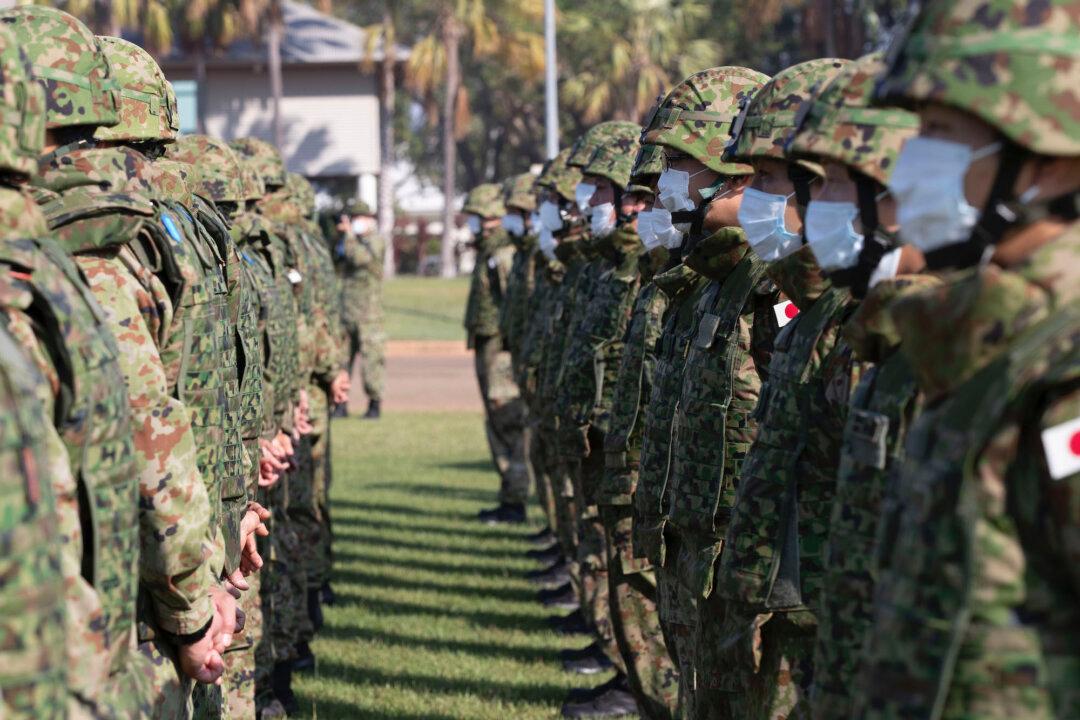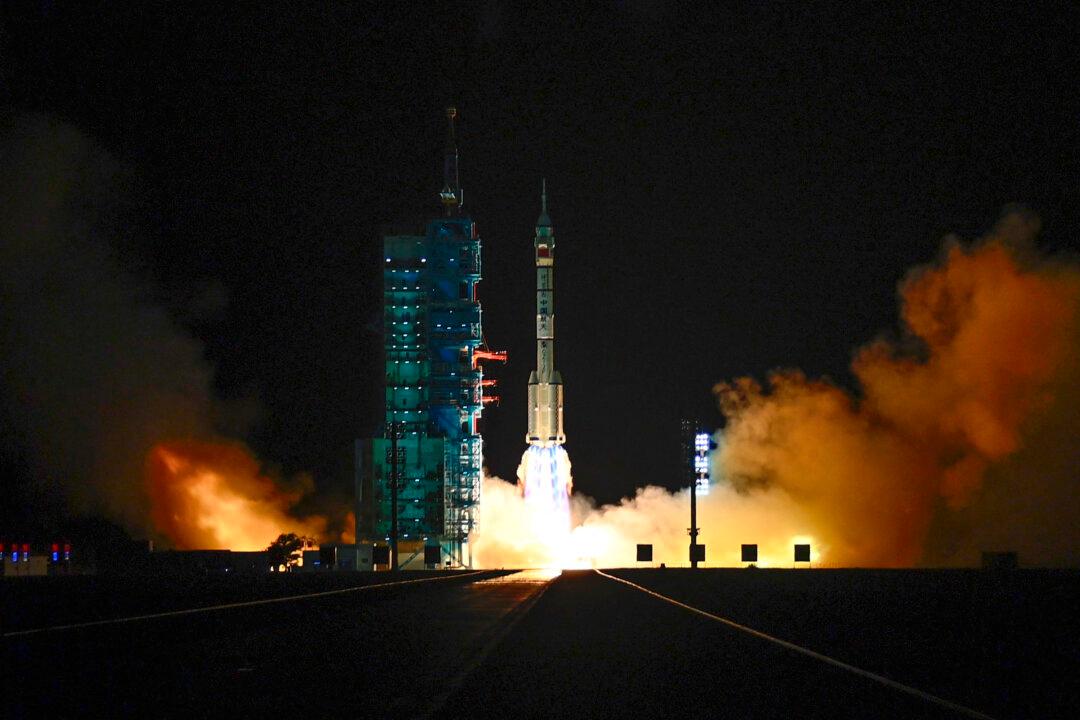Recently, Japan conducted a series of military drills and expanded its defense capabilities. U.S. Forces Japan (USFJ) conducted joint exercises with Japan to step up readiness in the face of a potential war, while defense drills focused on the vicinity of Taiwan. Experts believe that such moves are aimed at deterring the Chinese Communist Party (CCP) from invading Taiwan.
The United States and Japan, with the participation of Australian forces, conducted Operation Keen Edge from Feb. 1-8, a series of command post and field training exercises at bases in Japan and Hawaii.





